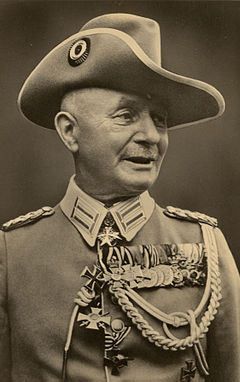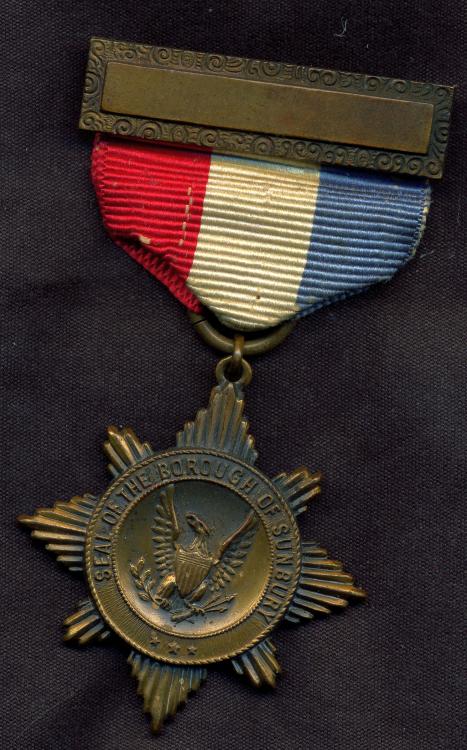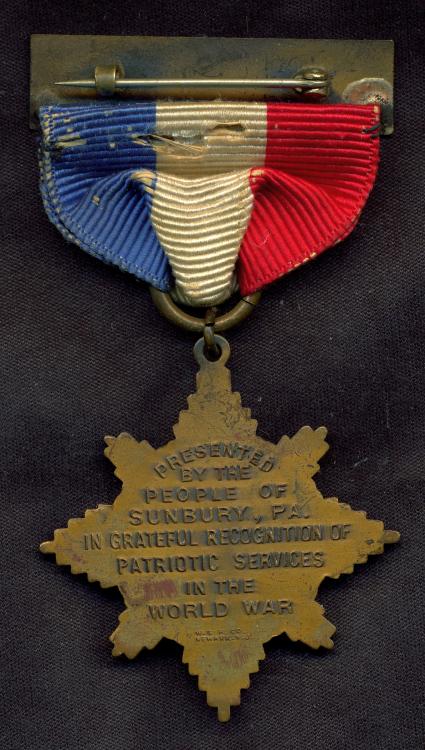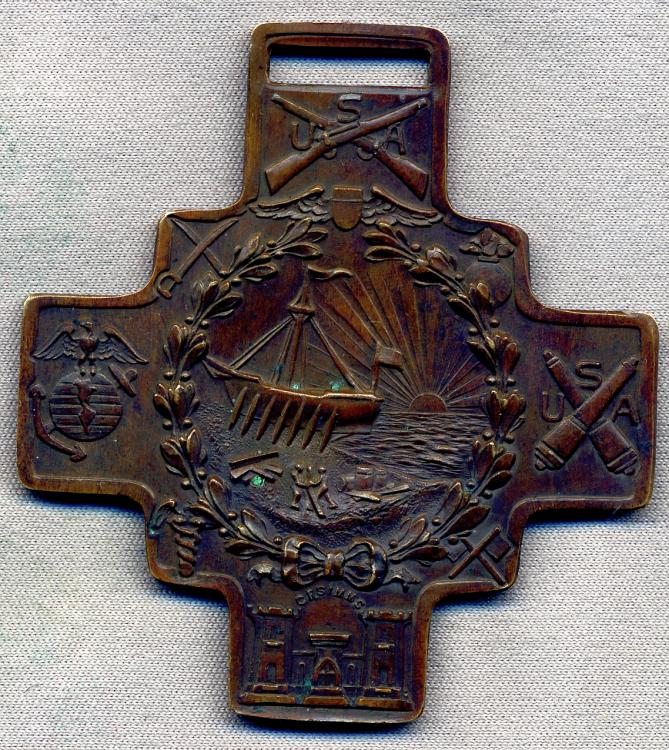-
Posts
5,629 -
Joined
-
Last visited
Content Type
Profiles
Forums
Blogs
Gallery
Events
Store
Posts posted by IrishGunner
-
-
Not my photos (from the internet), but I found these recently while doing some minor research...
Russian Obukhov 152mm Fortress Gun M77 on a siege carriage, captured by the Germans on the Eastern Front and put into use with Landwehr Fussartillerie units.


They even moved them to the Western Front... From Britian's Imperial War Museum site...

Incorrectly, identified as "Captured 15 cm (150 mm) Ringkanone 92 German gun near Mametz Wood, 10th August 1916."
0 -
A bit of recent minor research provides the opportunity to update this thread. I found some photos of captured German guns on Britain's Imperial War Museum site that just didn't seem to be quite right...

The IWM caption reads: "Moving a captured German 15 cm (150 mm) Ringkanone 92 gun near Mametz Wood, 10th August 1916."
However, the German 15cm Ringkanone M92 had a much longer barrel and a different carriage. After some discussion on another forum and further photo searching on the internet, I've come to the conclusion this is more likely a Russian Obukhov 152mm (120 pood) Fortress Gun M77 on a siege carriage. 100s of the guns were captured by the Germans on the Eastern Front and supposedly put into use with Landwehr Fussartillerie units.
Here is the Russian Obukhov 152mm (120 pood) Fortress Gun M77 on a fortress carriage in position near near Kurtengof, Latvia, September 1915 (also from the internet).

And another (from the internet) at Lappeenranta, Finland; a memorial to the Finnish Artillery School officer course 1918-1919.
 0
0 -
I just read an article online from the American Journal of Public Health (2008) entitled: "Chemical Warfare and Medical Response During World War I" A decent article and worth a read if interested in the topic. The article states, "April 22, 1915, members of a special unit of the German Army opened the valves on more than 6000 steel cylinders arrayed in trenches along their defensive perimeter at Ypres, Belgium. Within 10 minutes, 160 tons of chlorine gas drifted over the opposing French trenches, engulfing all those downwind. Filled with pressurized liquid chlorine, the cylinders had been clandestinely installed by the Germans more than 3 weeks earlier. The order to release the gas was entrusted to German military meteorologists, who had carefully studied the area’s prevailing wind patterns."
My question is this: What branch was this "special unit"? Engineers? What German units were responsible for employing gas warfare (other than artillery)?
Here are a couple aerial photos (from the internet) of the gas being released from the cylinders...

 0
0 -
Knowing nothing of Canadian uniforms, are officer collar dogs standard or different for each regiment?
0 -
Tim, thanks for that info! The estimated number of medals based on population census clearly isn't an exact science. Sunbury is a county seat and historically has had at least troop/company size National Guard armories. So, something around 648 could make sense.
Interestingly, the 28th Division commander at the beginning of WWI, MG Charles Maxwell, was from Sunbury, retired there, and is buried there. In 1915 he was promoted to Major General as commander of the 28th Division, and he led the division during the Mexico Villa Expedition. He commanded the division during its training at the start of World War I, and traveled to France to observe trench warfare tactics firsthand. But he retired shortly before the division embarked for Europe. Reportedly, when the Army created the Spanish War Service and Mexican Border Service Medals in 1919, Clement was the first recipient of each.
0 -
PM me your address ;-)
Will be like cutting off a 'rhoid....

I'll trade you two boils for a 'rhoid...
 0
0 -
Do you have any of the references I shown above? If not and need information on one of your items let me know, I can see what I can dig up.
Tim, I do not have the references. I must sadly admit that my library is rather thin. I would be curious to see what the Louis Small book has on the Sunbury medal - if anything. Thanks!
0 -
Nice! Especially the leather trousers. They are too often automatically identified as Sturmbataillon Trousers.
That's better than a caption I saw on one internet shot... "heavily worn and patched trousers"
 0
0 -
Are you sure you haven't changed your collecting focus? I mean it's Bavarian, but that's a lot of artillery for an infantryman.

That's a great shot. I think you should put that in an envelope, address it to me, and post it right away!
 0
0 -
Tim, just so you don't feel alone... another city medal - Sunbury, Pennsylvania.
Your comment regarding the usual poor condition of the ribbon for the New Hampshire medal is spot on. Most I see are extremely poor or missing altogether. I really like the NH design though and picked up this one without its ribbon for the price of a beer.
0 -
But if this order comes with a blue ribbon, it was likely awarded to a non-Prussian officer.
Regards, Komtur.
The medal posted by the OP in the Turkey forum is without a ribbon. But wasn't the blue ribbon simply for a peacetime award? With swords it would be a wartime award, wouldn't it? Were wartime awards to foreigners on a blue ribbon instead of the usual black/white ribbon?
The medal posted by the OP in the Turkey forum is without a ribbon. But wasn't the blue ribbon simply for a peacetime award? With swords it would be a wartime award, wouldn't it? Were wartime awards to foreigners on a blue ribbon instead of the usual black/white ribbon?
Answered my own question with a quick search: Thanks GMIC!
 0
0 -
While it is possible the Crown Order 3rd Class with Swords was awarded to a Turkish field grade officer, there is no way to tell if this particular piece was actually awarded to a Turk. We could speculate all day about possible ways how this particular specimen ended up in Turkey.
0 -
Your favorite? 'Cause with no Bavarian... must be because of the note on the box
0 -
Trooper... I think that is General Paul Emil von Lettow-Vorbeck; German commander in the German East Africa campaign.
 0
0 -
A member posted this question over in the Turkey forum and hasn't had a reply. Any German ODM experts able to lend an opinion?
0 -
Chuck, the short answer is "yes" - the Prussian Order of the Crown could be awarded to foreign officers, including Turks. For example, Kemal Atatürk was awarded the 1st Class order.
That's about all I can say since I am not an expert in the Order. You may not have caught the eye of the German ODM experts since this is in the Turkey forum. I will put a link in the German sub-forum and hopefully it will catch an expert's eye and opinion.
Regards
0 -
Sometimes you just find things and go... "Why not!?"
I feel ya brother. But be careful... That's why I have boxes of Polish and Soviet stuff that I really don't need! And just before I took a break, I was buying up US artillery regiment crests from the pre-1960s - because...Why not?
0 -
Interesting item.
After reading over what I've missed the past few months, it seems to me that you've been collecting items further from your EK and infantry core. Yea, this one is Bavarian, but I've seen artillery and Italian medals popping up with your name... Just curious; anything changed in your focus or is the document supply simply drying up?
0 -
IG
Are you sure with Mun.Kol. 863? Because I haven´t seen a helmet cover with a bigger number than 1000, I assume, the ammo columns didn´t have written helmet covers. (IF they had, they would have the numbers of the shoulder straps. Note, that the ammo colums wore the numbers of the active or reserve artillery units!)
"Your" man could serve with the Feldartillerie-Battarie Nr.863! Set-up 21.11.1915 (XVII.AK). Ersatztrupppe: 2.Ers.Abt./Feldart.Rgt.81
Under command of 36.Res.Div.(1916) and from late 1916 8.Armee. Armed with russian 8,69cm Feldkanone.
Like mine 833. (VII.AK) Ers.Abt./Feldart.Rgt.58. Armee with russian 8,69cm too
So, after only two days back to GMIC after several months of self-imposed exile, I have already learned something new...
Andy, when I made that post with the helmet cover "863" way back in 2013, I was "sure" because I was uneducated. I took a look again at the reverse of the RPPC and there is nothing to suggest a munitions column. I simply assumed Mun.Kol. because of the high number. Now, based upon Joe's October 1916 AKO in Post #104 and recalling from Cron that the "neuer Art" Munitions Kolonne with high numbers were not set up until 1917, this helmet cover "863" must surely be Feldartillerie-Battarie Nr.863 as you suggest.
I suggested to Chip a long time ago that I needed to write an article on identifying artillery uniforms - based upon general uniform regulations etc - and I still need to do that...
0 -
Not to crack nuts, but Andy's organization of SB 5 stated that the Geschütz Batterie was armed with 10,5cm Haubitze - an artillery piece - vice the 7,5cm Infanterie Geschütz - an infantry weapon - normally of the Infanterie Geschütz Batterie. That to me was the significant data point and the genesis of my question. An organic artillery unit to a SB is quite interesting...vice an attached or a "habitual relationship" Infanterie Geschütz Batterie.
Cracking nuts to be sure...but a significant splinter in my opinion. Especially when trying to paint a complete picture of German artillery in WWI.
0 -
Hello IG!
No, as far as I know, only the SB 5 had an artillery-unit
Thanks, that will make my life easier!
 0
0 -
I still miss your reply, IG, please...

Andy, I haven't been on GMIC since some time in April, so I missed your post of 20 June. And I have no excuse for your post of 2013! Let me go back and look over this question and give you an answer.
0 -
Manonviller needs a good article. One day...
0 -
Im april the bataillon Rohr consisted of (I use the german terms)
4 Sturm-Kompanien
1 MG-Kompanie
1 Minenwerfer-Kompanie
1 Flammenwerfer-Abteilung
1 Batterie 10,5cm Haubitzen
1 Pionier-Kompanie
Sturm Bataillon had an artillery battery?! Is this true for all Sturm Bataillon? If so, I may just have developed an new interest in the units...
0








German units employing gas cylinders
in Germany: Imperial: Rick (Research) Lundstrom Forum for Documentation and Photographs
Posted
Thanks, Chris! I did a GMIC search on "gas" and "chemical", but got nada. But I knew this had been discussed somewhere before.
German wikipedia has a great article on Pionierregiment (Pionierbataillon) 35 and it's role as the first gas warfare unit.
All I needed was that azimuth! Thanks again.
Herbert Cron's book has a decent piece too... With Pionierbataillon 39 being added in Feb 18 and Pionierbataillon 94-96. He also wrote there were finally 8 battalions in total, but with the numbered ones mentioned, totals only 6. Oh, Cron and his numbers.